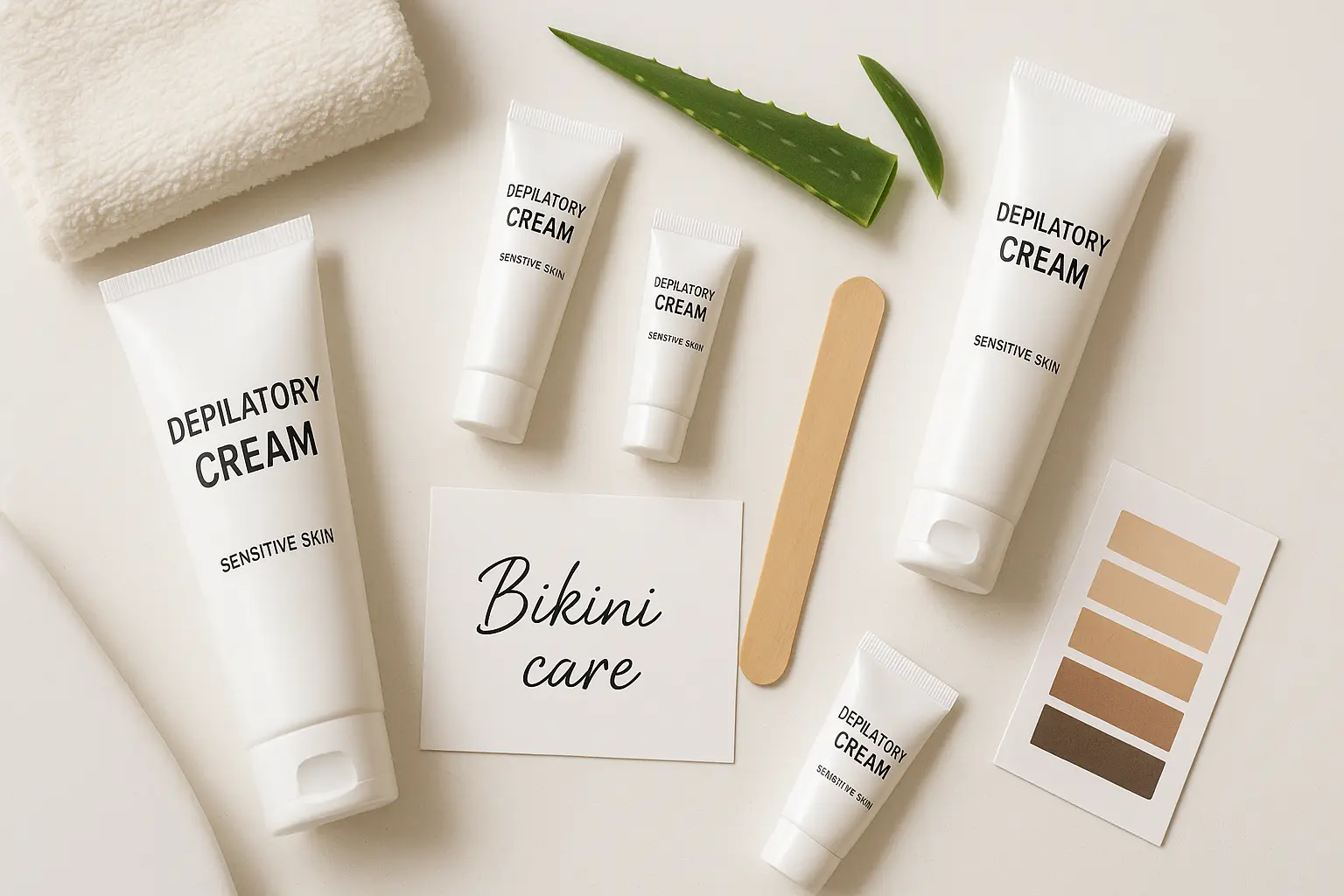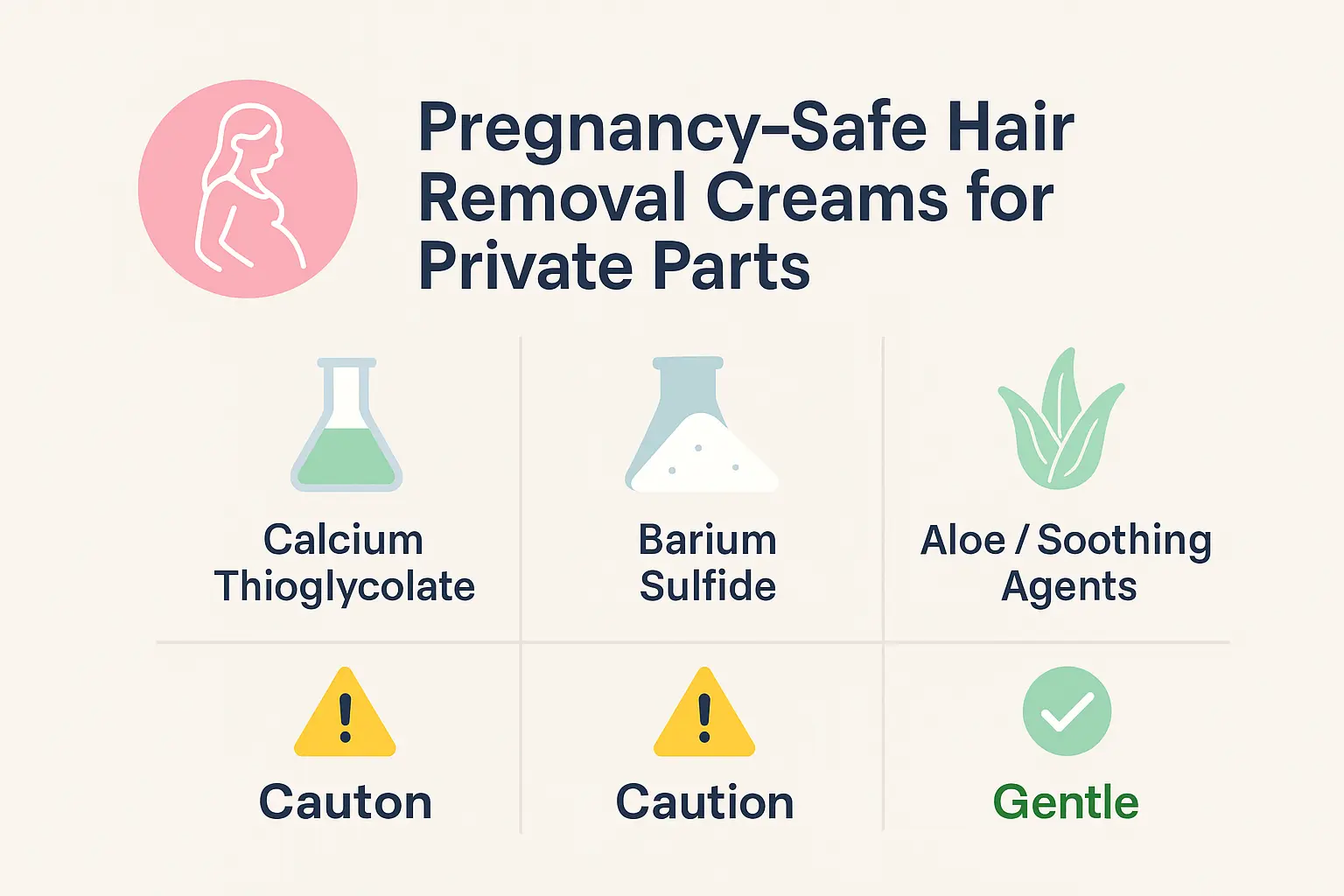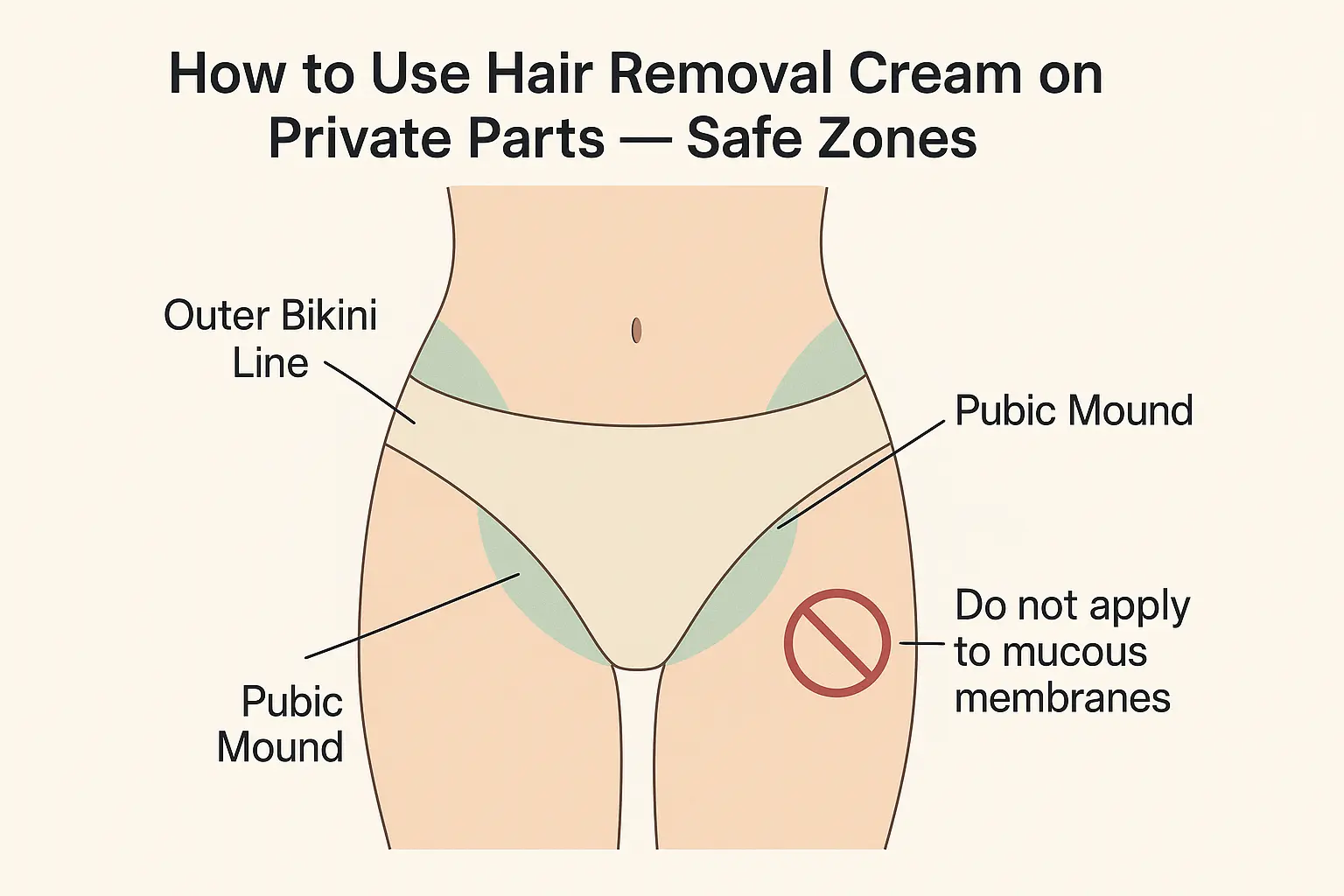Benefits of Almond Oil for Hair: Proven Amazing Growth, Shine & Strength
Many people in India pause before the mirror, counting hair strands. They hope tomorrow will be better. In this moment, they often turn to sweet almond oil for hair. It’s a trusted choice for generations.
Almond oil is made from almond seeds. It’s full of protein, omega-9, and vitamin E. It supports hair health in a way that feels both old and new.
Experts say it’s lightweight and absorbs quickly. It adds shine without feeling heavy. It also soothes the scalp on dusty days. Even though there aren’t many studies, almond oil helps hair break less. This means hair can look longer over time.
Is almond oil good for hair that tangles, frizzes, or feels dry? Yes. It fills gaps, smooths the cuticle, and helps hair grow. It also protects hair and soothes sensitive scalps.
From massages before washing to light drops after, almond oil works for hair and scalp health. It fits into real routines and gives real results in India.
This guide will explore almond oil’s benefits for hair growth. It will show how to use it and what to expect. It will also cover blends, safety, and smart choices. Every drop will work harder for shine, strength, and calm, nourished roots.
Key Takeaways
- Sweet almond oil for hair is lightweight, fast-absorbing, and adds lasting shine without a greasy feel.
- Almond oil hair benefits include fewer split ends and less breakage, helping hair appear to grow longer.
- Vitamin E and antioxidants support scalp comfort and protect follicles, improving overall hair health.
- Use it as a pre-wash, diluted leave-in, or finishing drops to promote hair growth through damage reduction.
- Consistent care shows real almond oil before and after hair results, even in India’s varied climates.
- Avoid use before heat styling and do a patch test if sensitive to nuts.
What Is Sweet Almond Oil and Why It’s Used in Hair Care
Sweet almond oil is a key part of Indian hair care. It adds slip, shine, and makes detangling easy. It’s light and doesn’t weigh hair down.
Sweet almond oil benefits for hair come from its gentle nature and nutrients. It works well with serums and conditioners. Finding the right sweet almond oil is important for hair growth and shine.
Unrefined vs. refined sweet almond oil
Unrefined almond oil comes from ripe almonds without high heat. This keeps more nutrients and smell. Refined oil has a neutral scent and lasts longer but may have fewer nutrients.
Unrefined oil is better for hair because it has more fatty acids and antioxidants. It’s often used in hair masks. Refined oil is better for cooking or when you want no scent.
Key nutrients: vitamin E, A, D, magnesium, omega-6 and omega-9
Almond oil has vitamin E, which is good for the scalp and shine. It also has vitamins A and D, and magnesium. These help with daily hair care.
- Fatty acids: omega-6 and omega-9 make hair soft and flexible.
- Supportive compounds: squalene and polyphenols protect and add slip.
- Core profile: oleic, linoleic, and palmitic acids condition hair.
When looking for the best sweet almond oil, check for pure, unrefined, or cold-pressed. This ensures the oil’s benefits for hair care.
Lightweight, fast-absorbing texture ideal for hair
The texture of sweet almond oil is why stylists like it. It absorbs fast, feels light, and works under leave-ins. It’s great for fine to medium hair that needs moisture.
Used a little, sweet almond oil adds shine and makes combing easier. It’s light, so it works with gels or creams. It keeps hair soft and supple over time.
Benefits of Almond Oil for Hair
Almond oil can make hair soft, shiny, and scalp comfortable. It’s popular in India for daily hair care. Its lightweight feel works well in humid weather and with different hair types.
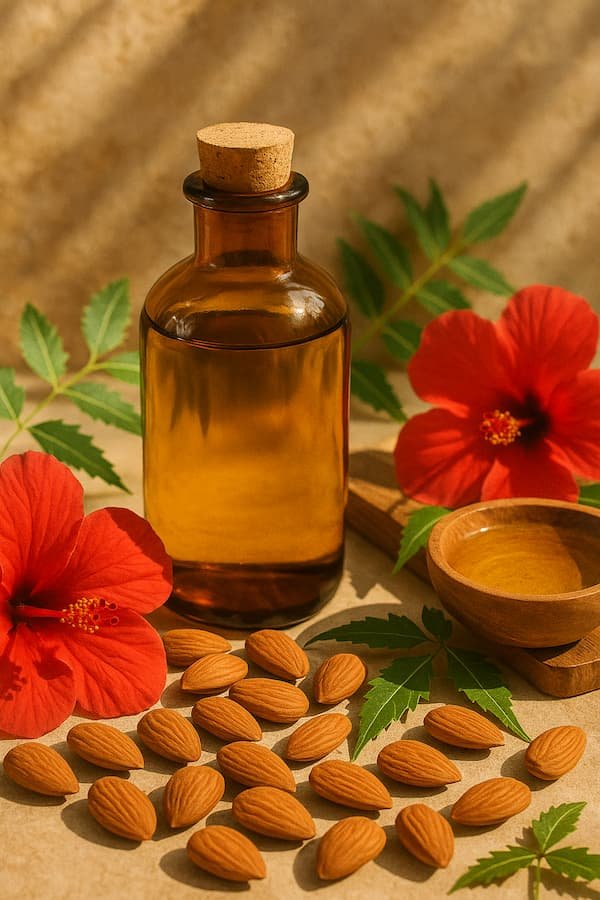
Benefits of Almond Oil for Hair
Softens and smoothes by filling gaps along the hair shaft (emollient action)
It fills tiny gaps in hair, making it smooth and easy to comb. This reduces hair snagging on brushes. Regular use helps tame frizzy hair, giving it a soft finish.
Strengthens strands, reduces breakage, and helps prevent split ends
Almond oil lowers friction during grooming. This protects fragile hair from damage. It helps prevent split ends and repairs them over time.
Boosts shine and improves manageability over time
It makes hair shiny by smoothing its surface. Flyaways are controlled, and combing is easier. With regular use, hair looks thicker and healthier.
Supports scalp health with soothing and antioxidant properties
Vitamin E and antioxidants protect the scalp from daily stress. A calm scalp helps with hair loss. Almond oil supports hair health over time.
Almond Oil for Hair Growth Benefits: What Research and Experts Indicate
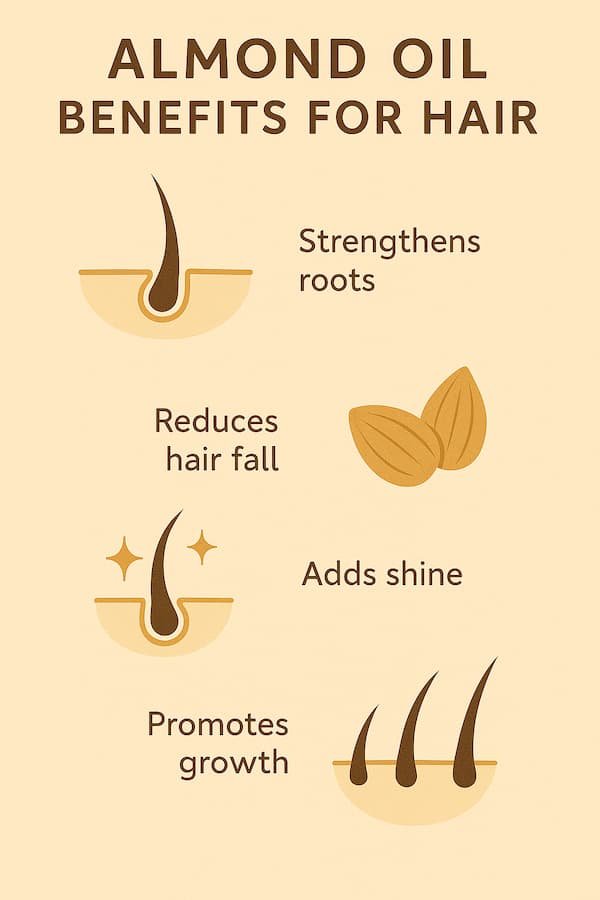
Dermatologists and trichologists say routine care is key. Almond oil helps with hair resilience, scalp comfort, and keeping hair long. People in India often ask how to use almond oil for hair growth. Experts suggest a consistent routine and gentle handling.
How stronger, less brittle hair can appear to grow longer
There are no clear studies showing faster hair growth. But, when hair breaks less, it seems longer. Sweet almond oil helps with this.
Regular use makes hair less prone to breakage. This leads to fewer split ends, helping hair appear thicker. Almond oil also makes hair look longer between haircuts.
Role of vitamin E and antioxidants in protecting follicles
Sweet almond oil has vitamin E and antioxidants. These protect against UV and pollution damage. This is good for keeping follicles and scalp healthy.
Experts say magnesium and vitamin E help the scalp. Some dermatologists talk about biotin’s role in keratin. This raises the question: does almond oil thicken hair naturally? While results vary, these nutrients help with hair thickening.
Massage and circulation: possible support for hair growth
How you apply almond oil is important. A light, warm scalp massage may improve circulation. This helps the oil spread evenly and gently.
Many apply almond oil at night for better results. This lets the oil work before washing in the morning. Used this way, almond oil helps with hair fall control and is part of a calming routine.
Almond Oil Scalp Benefits: Dry, Itchy, and Dandruff-Prone Scalps
Sweet almond oil is known for soothing scalp issues in Ayurveda and traditional Chinese medicine. Dermatologists today praise its moisturizing, antibacterial, and anti-inflammatory effects. These benefits are great for sensitive skin and flakes, common in India’s humid and dusty environments.

Soothing flaky scalp and inflammatory scalp conditions
Almond oil for dry scalp helps keep moisture in and softens scales. Its vitamin E helps keep the scalp comfortable, while its lipids ease tightness. Many find it helps with dandruff, too, when flakes come from irritation, not too much oil.
For tough cases, mixing lemon or chamomile essential oil with almond oil can help. This blend adds calm and clarity without harsh chemicals.
How to apply to roots safely and when to avoid scalp application
Use a dropper to apply a few drops along the parting lines, then smooth with your fingers. Aim for a light coat to keep pores open. This method helps control dandruff without leaving residue.
Those with oily or acne-prone scalps should not apply it to the roots. Instead, use it on mid-lengths to ends and wash it out well.
Pre-wash scalp massage techniques and timing
Warm a teaspoon of oil in your palms and massage your scalp gently for 10–15 minutes. This step improves comfort and blood flow, then shampoo out to avoid oil buildup.
Let the oil sit for up to 30 minutes before washing. This is good for dandruff-prone scalps, keeping them fresh and controlled.
| Concern | Why Almond Oil Helps | Application Tip | Ideal Timing |
| Dry, tight scalp | Emollient lipids lock in moisture; vitamin E soothes | Light film over parts; avoid saturation | Pre-wash, 20–30 minutes |
| Itch and flakes (irritative) | Anti-inflammatory comfort and gentle softening | Mix with chamomile; patch test first | Pre-wash, 15–30 minutes |
| Mild dandruff | Almond oil for dandruff benefits with scalp calming | Add two drops lemon oil to 1 tsp almond oil | Massage 10–15 minutes, then shampoo |
| Oily or acne-prone scalp | Minimize pore stress while hydrating hair | Skip roots; apply mid-lengths to ends only | Short contact before wash |
| Sensitivity to heat | Comfort without thermal irritation | Use body-warm oil; always test temperature | Quick massage, under 15 minutes |
Almond Oil for Dry Hair Benefits, Frizz Control, and Split Ends Repair
Almond oil is lightweight and absorbs fast. It gives hair smoothness without feeling greasy. In India’s hot and humid weather, it makes hair softer and easier to detangle.
It also adds a natural shine. For frizzy hair, almond oil helps calm frizz and control it better.
Tip: Start small. A few drops of almond oil spread between palms can coat mid-lengths and ends evenly. This keeps movement while adding polish.
Taming frizz and flyaways without heaviness
Humidity lifts the hair cuticle. But, a thin layer of emollient reduces static and swelling. Applying almond oil to damp hair smooths the cuticle and keeps strands aligned.
Those with fine to medium hair can use almond oil directly on the outer layer. It refines texture and gives touchable control.
For busy mornings, a pea-size amount delivers quick frizz control. It pairs well with serums from brands like L’Oréal Paris or Schwarzkopf. This adds slip without stacking weight.
Sealing and lubricating ends to reduce splits
Almond oil for split ends works by lubricating the last inch. This cuts friction during brushing. It helps reduce new splits and softens rough tips.
Focus on the driest areas, pressing the oil into the cut ends for better sealing. For deeper benefits, try an almond oil overnight treatment for dry hair on the ends only. Keep amounts minimal to avoid buildup, then wash with a gentle shampoo from brands like Dove or WOW Skin Science in the morning.
Finishing drops vs. leave-in for shine and slip
Two routes stand out. As a finisher, use tiny drops of almond oil to add gloss after styling. This gives instant shine, tames flyaways, and adds a satin feel.
For day-long control, try almond oil as a leave-in. Emulsify a small amount with water in palms and smooth over damp hair. This spreads the oil thinner, making hair easier to manage without a heavy film. If needed, refresh at midday with one more pass of drops of almond oil for renewed slip.
Consistency matters. Moderate, regular use unlocks almond oil for dry hair benefits without dullness. It ensures hair looks lively, not coated.
How to Use Almond Oil for Hair: Masks, Leave-Ins, and Hot Oil Treatments
They want to know how to use almond oil for hair without making it heavy. They want routines that work well in India’s climate. They also want to add shine and make wash days easy.
Overnight vs. short-contact treatments: what’s recommended
Short sessions are better than long ones. A 20–40 minute almond oil treatment is not the best. Instead, keep the time short to avoid buildup.
If you must use it at night, set a timer. Limit it to the first sleep cycle. Then, wash your hair in the morning.
For most, a focused hair mask or a warm massage is better. These methods let you apply almond oil and get slip for detangling. You can rinse clean without dullness or tangling.
Almond oil as a leave-in (diluted) on damp hair
To use almond oil as a light finisher, dilute it. Mix filtered water with a few drops of oil in a spray bottle. Shake well and apply to damp hair.
Work in small sections and comb through with a wide-tooth comb. Start mid-length and move to the ends. Then, air-dry or diffuse on low. On the next wash day, wash your hair with a gentle shampoo to prevent buildup.
Warm oil scalp massages: steps and safety
For a hot oil treatment, warm a teaspoon of sweet almond oil until it feels cozy. Not hot. Part the hair and apply almond oil to the scalp in dots.
Massage for 10–15 minutes with slow circles. This boosts comfort and slip. Let it sit for up to 30 minutes, then emulsify with a little water before shampoo. Rinse well and condition.
For a richer hair mask, blend two parts room‑temperature coconut oil with one part sweet almond oil and mashed avocado. Apply to clean, dry hair for up to 40 minutes. Then, wash your hair with shampoo and follow with conditioner. This is a simple way to apply almond oil while keeping contact time short and effective.
Power Blends: Almond Oil with Coconut, Castor, Olive, and Rosemary Oils
Blending almond oil with other oils makes hair care in India better. Each mix helps in different ways. They make hair soft, shiny, and silky.
Almond oil and coconut oil mix for silky hair deeply conditions dry hair. People like this mix because it softens hair fast. It also makes hair less rough. Apply it from mid-lengths to ends, leave for 20–30 minutes, then wash.
Almond oil and castor oil mix for hair growth is great for thicker hair. Almond oil makes combing easier, while castor oil locks in moisture. Use it on the scalp and edges, but not too much to avoid weight.
For damaged or colored hair, try almond oil and olive oil in equal parts. This mix makes hair easier to manage. Apply it from roots to ends before washing to make hair smooth and silky.
Scalp massage with almond oil and rosemary essential oil is good for the scalp. This mix helps hair grow. Always dilute it and test it first. Massage it gently on the scalp and hairline.
- For weekend repair: almond oil with coconut oil for hair, 20–30 minutes, then wash.
- For growth goals: almond oil and castor oil mix for hair growth on scalp areas, rinse well.
- For chemical damage: almond oil and olive oil from roots to ends before shampoo.
- For scalp focus: almond oil with rosemary oil for hair growth, always diluted.
Change the amount based on hair type and climate. Fine hair needs less, thick hair more. The best mix should feel light and make hair silky.
Best Almond Oil for Hair and How to Choose
In India, finding the best almond oil for hair is easy. Look for a clean, nutrient-rich oil that matches your hair type. A few simple checks and tests can help you choose without confusion.
Unrefined, cold-pressed, pure sweet almond oil vs. blends
Opt for unrefined cold-pressed pure sweet almond oil. It keeps vitamins and fatty acids in. Refined oils might lose some of these, reducing their benefits.
Pure oil is great on its own. Blends can add extra benefits. For the best results, start with pure oil and then try blends to find the perfect match.
Reading labels for quality and avoiding bitter almond oil
Look for “Prunus amygdalus dulcis (Sweet Almond) Oil” and terms like cold-pressed. Short ingredient lists are best to avoid harsh fragrances.
Stay away from bitter almond oil, which is not for hair care. Choose trusted brands like Kama Ayurveda, Forest Essentials, Soulflower, or The Moms Co.
Top considerations for men’s hair, kids’ hair, and 4C/curly hair
For men’s hair, use almond oil lightly to tame frizz and condition. Warm it up and apply to keep hair neat.
For kids’ hair, use a little almond oil after testing. It helps detangle and adds shine. Keep it simple and gentle.
For curly hair, apply almond oil over a water-based leave-in. It seals moisture and boosts definition. For 4C hair, use a small amount to add moisture without weighing it down.
Quick tip: If your hair feels too oily, use less or apply only to the ends. This keeps your scalp fresh and your hair shiny.
Almond Oil for Different Hair Types and Concerns in India

In India, hair care varies due to climate and water. A light, moisturizing oil works well for most hair. It helps with shine, definition, and scalp health without weighing hair down.
Curly, coily, and 4C hair: hydration and definition
Almond oil is great for curly hair. It makes hair slide smoothly and eases tangles. Add a few drops to your moisturizer for extra moisture.
It makes hair soft and holds it well. For tight curls, mix it with avocado or olive oil. This keeps curls defined without feeling heavy.
Fine or oily hair: lightweight application from mid-lengths to ends
For fine or oily hair, use one to two drops from mid-lengths to ends. This adds shine without making hair greasy. It’s lighter than many oils.
It’s better than argan oil for frizzy hair because it’s lighter. It’s also good for hair growth because it leaves less residue.
Dry scalp and winter care: protection during colder months
Cold winds and indoor heat dry out hair. Warm massages with almond oil protect the scalp and hair. Rinse and shampoo to keep the scalp clean.
Almond oil keeps hair comfortable in winter. It reduces itchiness and makes hair smoother. Regular use in dry areas helps with static and rough ends.
Postpartum hair loss and receding hairline considerations
Postpartum, soft massages with diluted oil ease scalp tension. This helps manage hair and reduces breakage.
Almond oil can make hair look fuller. It’s also good for colored hair. Mix it with olive oil for shine and softness.
Safety, Side Effects, and Best Practices
Using almond oil wisely keeps your hair looking great and safe. It’s important to know about almond oil side effects, how often to use it, and why to avoid heat styling. A good hair care routine helps prevent buildup and keeps your hair shiny.
Nut allergies: patch testing and complete avoidance when needed
If you have a nut allergy, stay away from sweet almond oil. Even a little bit can cause serious reactions like hives, swelling, or wheezing.
First-timers without allergies should test it on their forearm for 24 hours. If you see redness or itching, stop using it and see a doctor in India.
Do not apply before heat styling to prevent hair shaft damage
Never use almond oil before heat styling. It can damage your hair and scalp. This rule is for all heat tools like blow-dryers and straighteners.
Use it after styling to add shine, or before shampooing. This way, you avoid side effects and follow a safe hair care routine.
How often to use, how long to leave in, and buildup prevention
Do you use almond oil every day? Most people don’t need to. Treat your hair 2 to 3 times a week, focusing on the ends.
Keep it on for a short time. For masks, 20–40 minutes. For scalp massages, 10–15 minutes, then wash. This prevents dullness and tangling.
- Use a small amount for fine or oily hair.
- Shampoo after to prevent buildup.
- Avoid direct scalp use if your scalp is oily or acne-prone.
| Goal | When to Apply | Contact Time | Frequency | Key Caution |
| Pre-wash softening | Before shampoo on dry hair | 20–40 minutes | 2–3 times/week | Keep off scalp if oily; plan for shampoo |
| Scalp comfort | Massage on dry scalp | 10–15 minutes | 1–2 times/week | Skip if acne-prone or allergic |
| Post-styling shine | After heat tools on cool hair | Leave-in, tiny amount | As needed, not daily for most | Do not use before heat styling |
| Frizz control | On damp mid-lengths to ends | Leave-in, light film | 2–4 times/week | Watch for residue; adjust dose |
Benefits of Almond Oil for Hair Health: FAQs
What are the benefits of almond oil for hair?
Almond oil is known for its numerous benefits for hair, including promoting hair growth, improving hair health, and adding moisture to dry strands. It is rich in vitamins and minerals that nourish the hair follicles, helping to reduce hair loss and damage. Regular use of almond oil can also enhance shine and manageability, making it a popular choice in hair care routines.
How to use almond oil for hair growth?
To promote hair growth, you can apply almond oil directly to your scalp and hair. Massaging a small amount of almond oil into your scalp stimulates blood circulation, which can encourage hair follicles to grow healthier hair. You can also leave it on overnight for deep conditioning or mix it with other oils like coconut oil for enhanced results.
Can almond oil help with dry hair?
Yes, almond oil is excellent for treating dry hair. Its moisturizing properties penetrate the hair shaft, providing hydration and reducing frizz. Regular application of almond oil can help restore moisture balance in dry hair, leaving it soft and shiny.
Is almond oil effective for dandruff control?
Almond oil can be effective in controlling dandruff due to its soothing properties. By applying almond oil to the scalp, you can reduce itchiness and dryness, which are common causes of dandruff. Its anti-inflammatory benefits help maintain a healthy scalp environment.
What is the best way to apply almond oil?
The best way to apply almond oil is to use a small amount and gently massage it into your scalp and hair. You can use it as a pre-shampoo treatment or as a leave-in conditioner. For best results, incorporate almond oil into your hair care routine by using it regularly.
How does almond oil compare to coconut oil for hair care?
Both almond oil and coconut oil offer unique benefits for hair care. Almond oil is rich in vitamins E and D, which promote hair health and shine, while coconut oil provides deep moisture and helps to repair damaged hair. Depending on your hair type and needs, you may choose one over the other or even mix both oils for a more comprehensive treatment.
Can almond oil repair damaged hair?
Yes, almond oil can help repair damaged hair. Its nourishing properties penetrate the hair shaft, providing essential nutrients that strengthen and restore hair. Regular use can help reduce split ends and prevent further damage, making it a beneficial addition to your hair care routine.
How often should I use almond oil on my hair?
You can use almond oil on your hair as often as needed, but a good rule of thumb is to apply it 1-2 times a week. For dry or damaged hair, more frequent applications may be beneficial. Adjust the frequency based on your hair type and condition for optimal results.
Conclusion
Sweet almond oil really works. It has fatty acids and vitamin E that make hair smooth and shiny. It also makes hair easier to handle.
It might not grow hair faster, but it helps keep hair from breaking. This means hair stays longer and looks thicker. This is true for all of India, no matter the weather.
To use almond oil, apply it in a mask before washing. Or use it as a leave-in on damp hair. It’s great for dry or itchy scalps.
Start with a small amount, like a pea. Focus on the middle to ends of your hair. Be gentle on your scalp.
Choose cold-pressed, unrefined sweet almond oil. Don’t use it before styling with heat. If you’re allergic to nuts, do a patch test.
For fine or curly hair, use a little oil. It should make your hair soft, not oily. You can mix it with other oils for extra benefits.
Almond oil protects and keeps hair healthy. It makes styles last longer. With the right use, it can make your hair grow thicker and shinier.



